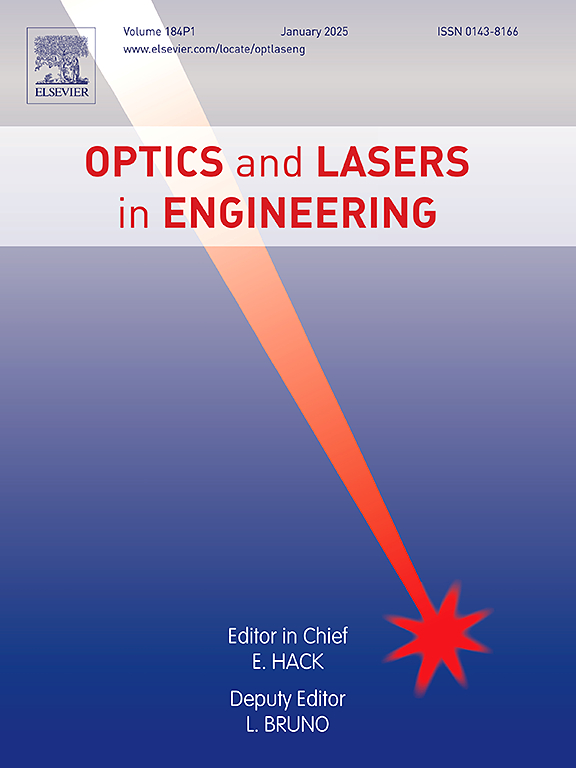Comparative performance of DIC and optical flow algorithms for displacement and strain analysis in laser beam welding
IF 3.5
2区 工程技术
Q2 OPTICS
引用次数: 0
Abstract
The measurement of strain and displacement in the context of the welding process represents a significant challenge. Optical methods, such as digital image correlation (DIC) or optical flow algorithms, have demonstrated their efficacy in robust and reliable data acquisition in harsh environments, including those encountered in welding processes. Concurrently, a trade-off between the accuracy of the measurement and the computational resources required for the associated calculations must be evaluated on a case-by-case basis. The application of filters to initial images represents a technique that serves to enhance the quality and accuracy of the strain and displacement prediction. In the present study, the estimated error of two algorithms, namely the Lucas-Kanade (LK) and the inverse compositional Gauss-Newton (IC-GN), is compared on the basis of both synthetic and real welding images. The displacement field is evaluated for different zones in the laser weld seam with varying contrast performance. Based on the aforementioned results, a strain calculation was conducted for both methods, which yielded comparable results for the LK and IC-GN algorithms
求助全文
约1分钟内获得全文
求助全文
来源期刊

Optics and Lasers in Engineering
工程技术-光学
CiteScore
8.90
自引率
8.70%
发文量
384
审稿时长
42 days
期刊介绍:
Optics and Lasers in Engineering aims at providing an international forum for the interchange of information on the development of optical techniques and laser technology in engineering. Emphasis is placed on contributions targeted at the practical use of methods and devices, the development and enhancement of solutions and new theoretical concepts for experimental methods.
Optics and Lasers in Engineering reflects the main areas in which optical methods are being used and developed for an engineering environment. Manuscripts should offer clear evidence of novelty and significance. Papers focusing on parameter optimization or computational issues are not suitable. Similarly, papers focussed on an application rather than the optical method fall outside the journal''s scope. The scope of the journal is defined to include the following:
-Optical Metrology-
Optical Methods for 3D visualization and virtual engineering-
Optical Techniques for Microsystems-
Imaging, Microscopy and Adaptive Optics-
Computational Imaging-
Laser methods in manufacturing-
Integrated optical and photonic sensors-
Optics and Photonics in Life Science-
Hyperspectral and spectroscopic methods-
Infrared and Terahertz techniques
 求助内容:
求助内容: 应助结果提醒方式:
应助结果提醒方式:


